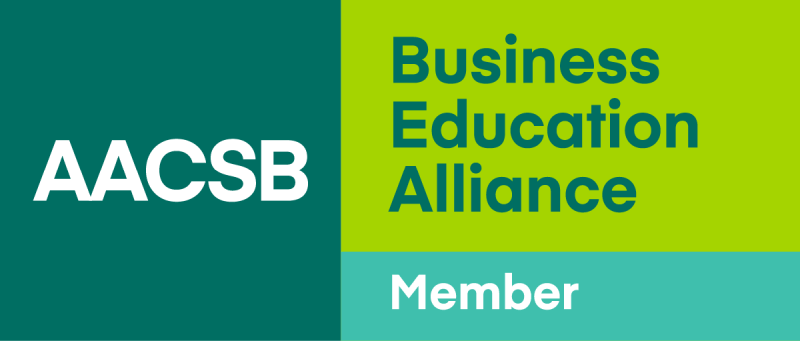Clean and Green? - Thai Union’s Supply Chain Transformation
In 2016, Thai Union faced heavy criticism for forced labor practices in their supply chain. By late 2023, the company was ranked number one in the Dow Jones Sustainability Index for food products. How did the company manage to clean up its supply chain?
At a glance
Country
Global
(Thailand - HQ)
Industry
Seafood Producer
Employees
49,000 employees
Revenue
US$ 4.8 billion
(as of 2022)
Abstract
Thai Union, the world’s largest seafood producer, faced intense scrutiny in 2015 following exposes of forced labor and environmental violations in its supply chain. Criticism from organizations like Greenpeace and the Associated Press led to regulatory warnings from the European Commission.
In response, the company launched its SeaChange sustainability initiative in 2016, focusing on ethical labor, responsible sourcing, operational accountability, and community welfare. Measures such as blockchain pilots, electronic monitoring, and in-house shrimp peeling improved transparency and worker protections, culminating in the recognition on the Dow Jones Sustainability Index.
The case study explores the Thai Union’s journey from addressing crises to employing sustainability as a core competitive strategy in the supply chain, highlighting both achievements and ongoing challenges in maintaining a competitive advantage in ethical and sustainable seafood production.
All rights reserved. © 2025 Nikkei Business Lab Asia. No part of this publication may be copied, stored, or transmitted in any form. Copying or posting is an infringement of copyright.
Disclaimers:
(1) Regarding Case Study Content: This case study is based mainly on secondary data and analysis of publicly available information unless otherwise stated, and is intended solely for educational purposes. Any opinions expressed by the author(s) are designed to facilitate learning discussion and do not serve to illustrate the effectiveness of the company. Additionally, banner images and logos used in the case study are intended for visualization in an educational setting and it is not used to represent or brand the company. For any dispute regarding the content and usage of images and logos, please contact the team.
(2) Regarding University Affiliation and Titles of Authors: The university affiliation and titles of author(s) seen in the case study is based on their affiliation and title during the time of publication. It may or may not represent the current status of said author(s).
